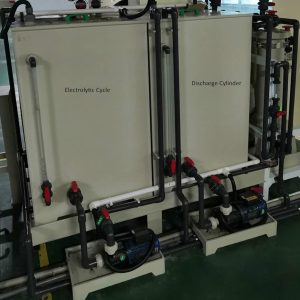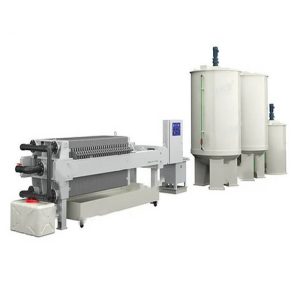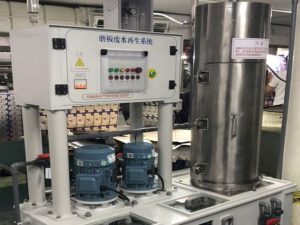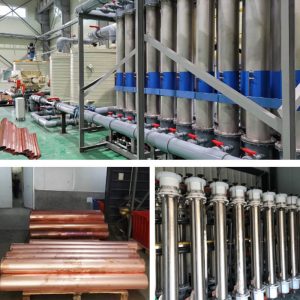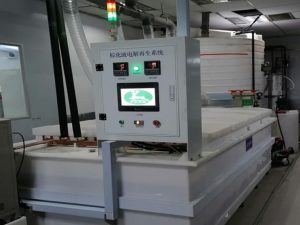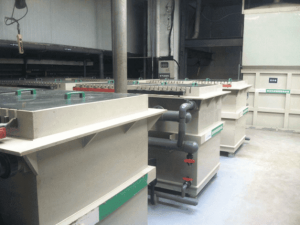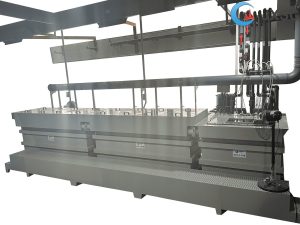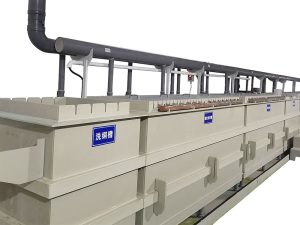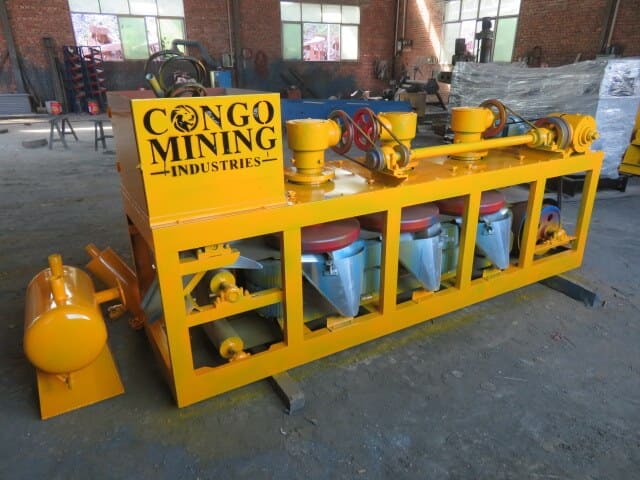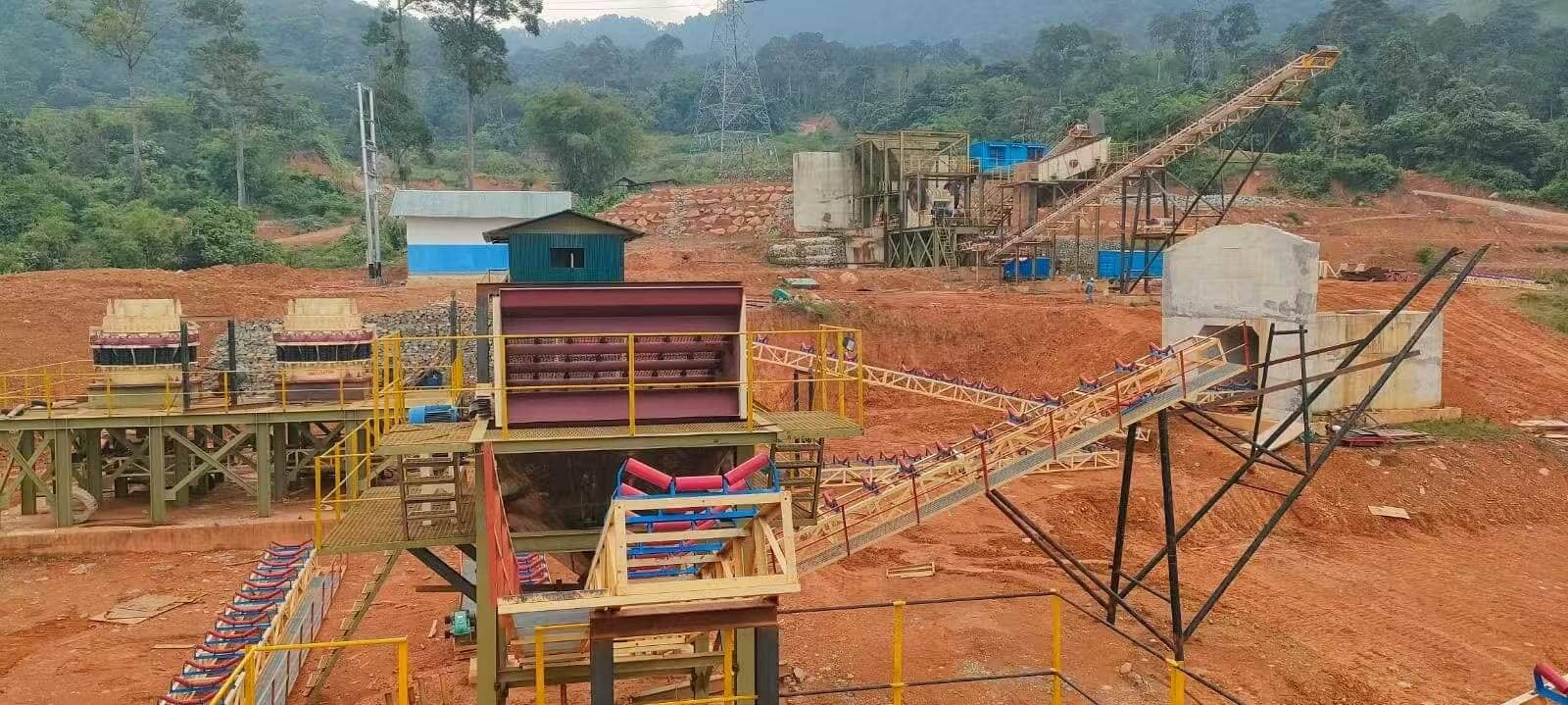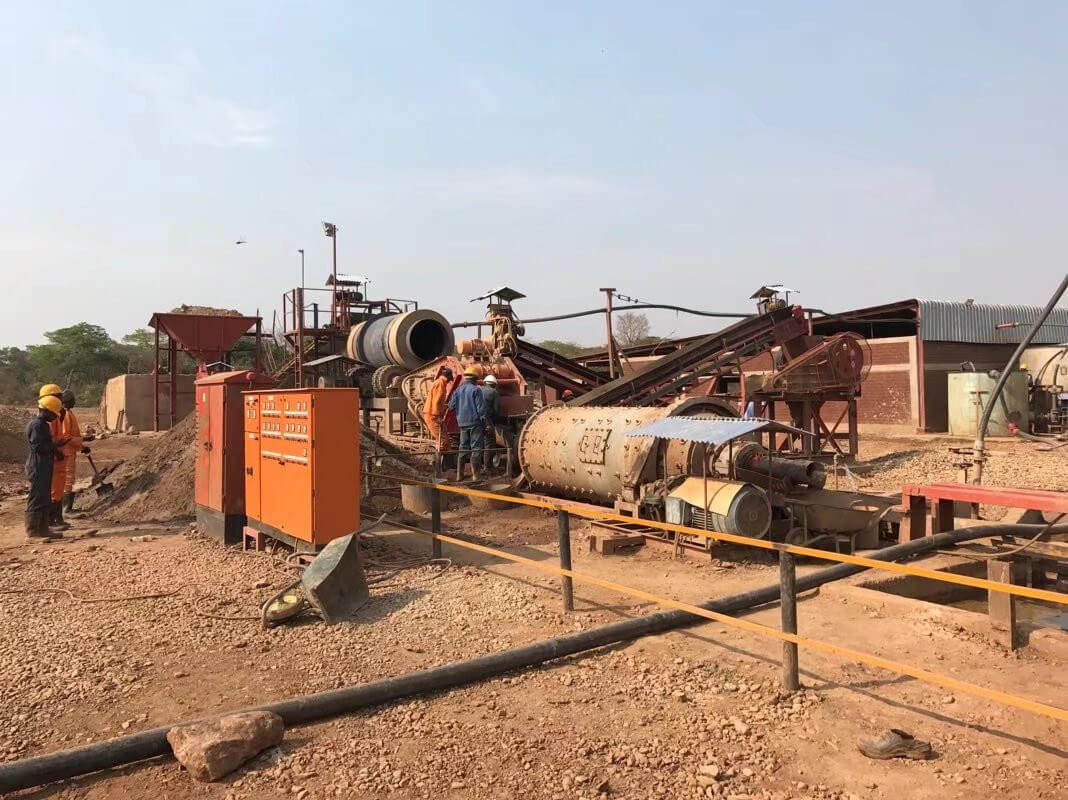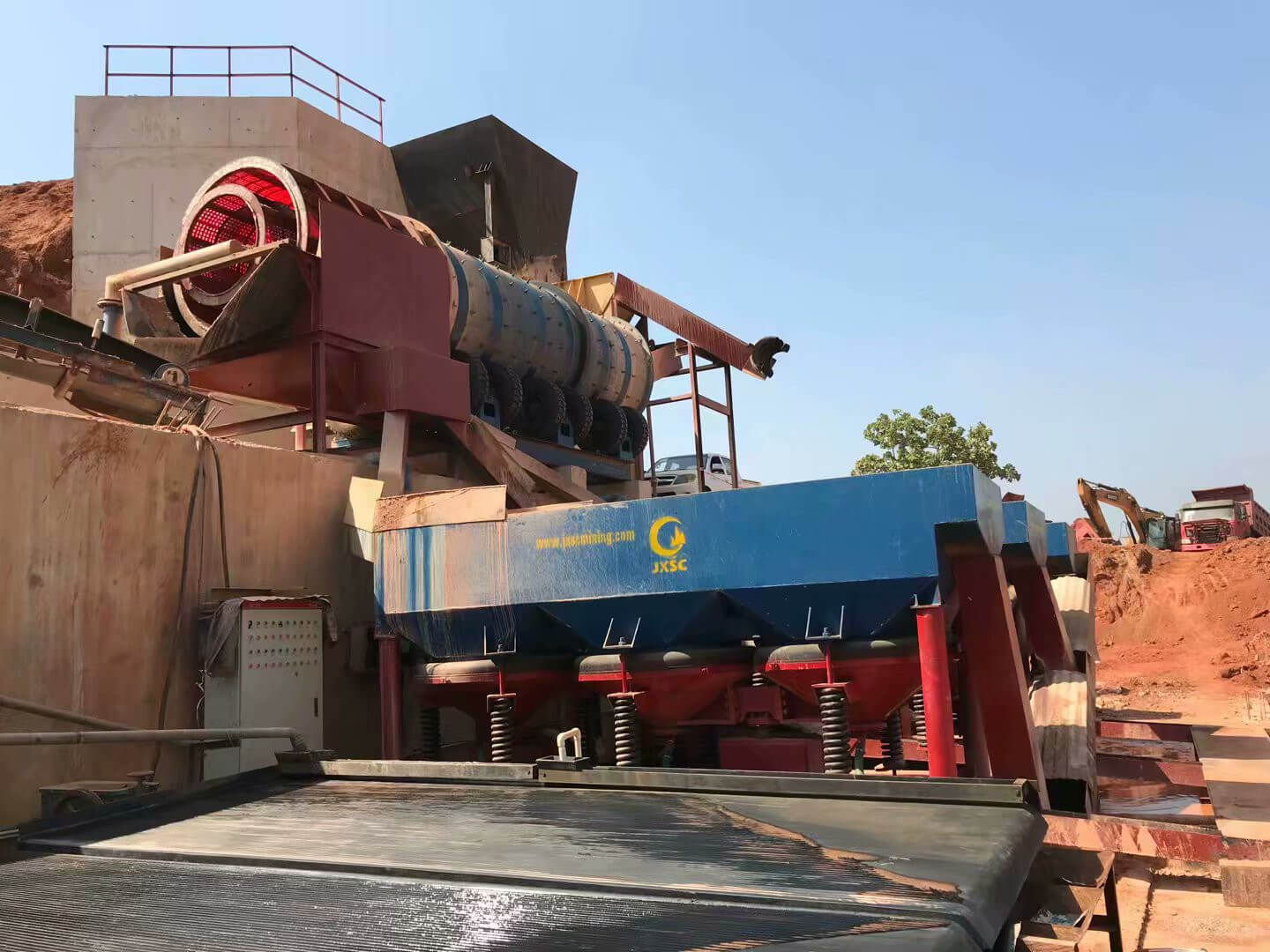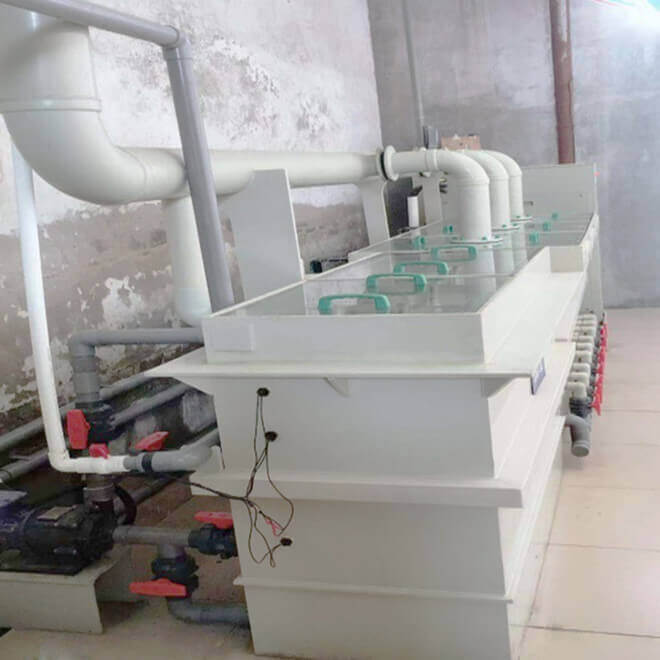
Ammonia Nitrogen Electrolysis Water Treatment Equipment
The ammonia wastewater treatment process is to treat high ammonia wastewater by electrocatalytic method, mainly by adjusting the pH value of ammonia wastewater at 8~10 and then adding catalyst for electrolysis, which produces a large number of strong oxidizing substances to convert ammonia in wastewater into nitrogen directly into nitrogen gas discharged into the air to achieve the purpose of degradation of ammonia nitrogen in wastewater.
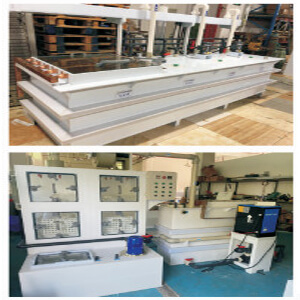
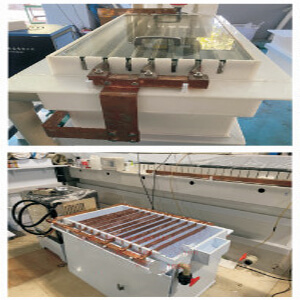
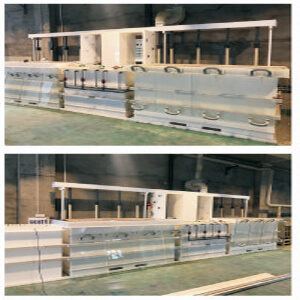
Ammonia Nitrogen Water Treatment Equipment Overview
With the development of industry, the problem of ammonia and nitrogen wastewater pollution is becoming increasingly serious, of which PCB industry wastewater is one of the main sources of industrial ammonia and nitrogen wastewater. PCB wastewater containing ammonia and nitrogen mainly comes from the etching process, including etching water wash water, etching new wash, etc., and the main pollutants in the wastewater are ammonia and nitrogen, copper ions, chlorine ions, and so on, which are often in the form of copper-ammonia bonded to the presence in the water. If not treated, it will cause serious damage to the environment and affect biological health. From PCB ammonia wastewater we can recover copper and water, ammonia nitrogen after treatment to meet environmental requirements for discharge. So the treatment of ammonia nitrogen wastewater can protect the environment and realize economic water recycling, reduce water costs, and improve resource utilization efficiency.
Ammonia nitrogen electrolysis water treatment equipment is a device that utilizes electrochemical methods to remove ammonia and nitrogen pollutants from water bodies. It converts ammonia nitrogen (NH₄⁺) in wastewater into nitrogen (N₂) through an electrolysis reaction, effectively removing other pollutants. This equipment is widely used for ammonia and nitrogen wastewater treatment in printed circuit board (PCB) manufacturing, farm wastewater, chemical wastewater, and other fields.
Ammonia nitrogen electrolysis water treatment equipment is an efficient and green water treatment technology for a wide range of ammonia nitrogen wastewater treatment needs. It has the advantages of simple operation and no secondary pollution while realizing ammonia nitrogen removal, but energy consumption and electrode life are its main challenges. In practical application, reasonable equipment selection and optimized operation will help improve treatment efficiency and reduce costs.
Our Product/System Features
Ammonia nitrogen electrolysis water treatment equipment features:
- The low operating cost of the equipment;
- Storage containers are set with double high-level sensing alarms to prevent leakage of solution;
- Excellent treatment efficiency can reduce the ammonia nitrogen value in high ammonia nitrogen wastewater to less than 20ppm;
- The small footprint of the equipment;
- Simple equipment, low input cost.
Advantages of the electrochemical method over the traditional method
- Free radicals generated during the process react with organic pollutants in wastewater directly and selectively to degrade them into carbon dioxide, water and simple organic matter, with no or little secondary pollution.
- The experiment can be controlled by the two external factors of changing the applied voltage and current at any time, which makes the experiment more controllable. The electron transfer is only carried out between the electrode and the waste water components, and no additional oxidizing reducing agent is needed to avoid the secondary pollution caused by the addition of additional drugs.
- If the scale of the discharge is not large, it can be realized in situ treatment;
- The reaction conditions are mild, and the electrochemical reaction can be carried out at room temperature under normal conditions.
- It has the function of air floating, disinfection and flocculation.
Working Principle/Process
Through chemical reactions under the condition of electric energy, electrochemical oxidation and reduction reactions take place at the anode and cathode respectively. Depending on these chemical reactions, some pollutants that are easily soluble or soluble in sewage can be changed into materials that are difficult to accommodate in solution, so as to achieve the purpose of removing various pollutants.
Technical Parameters
On-demand customization

